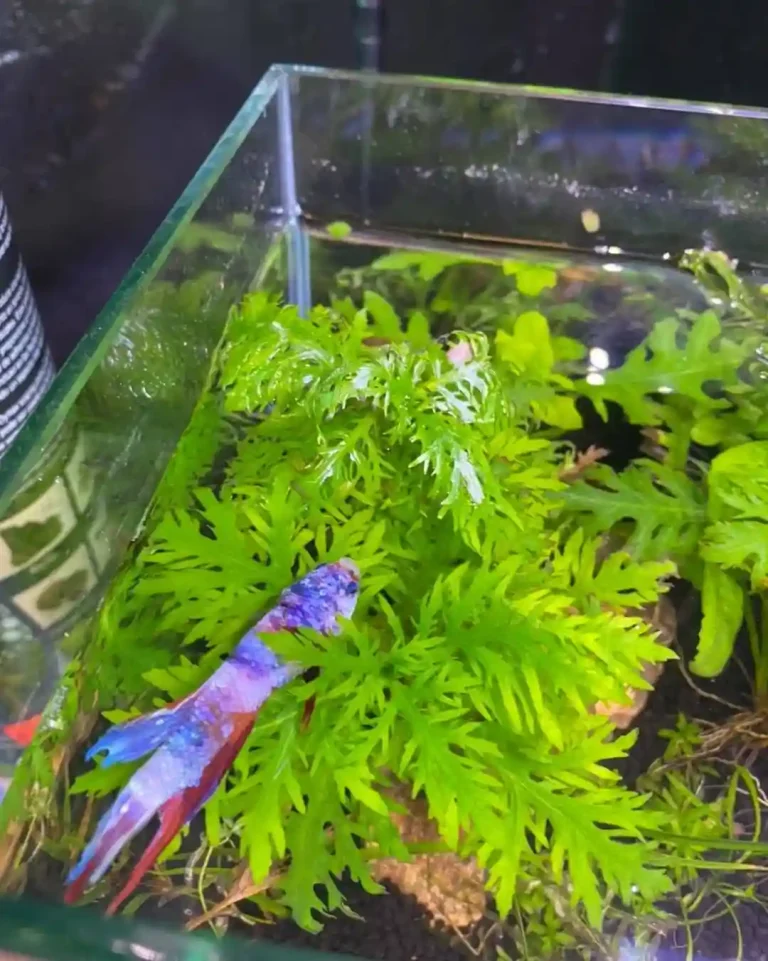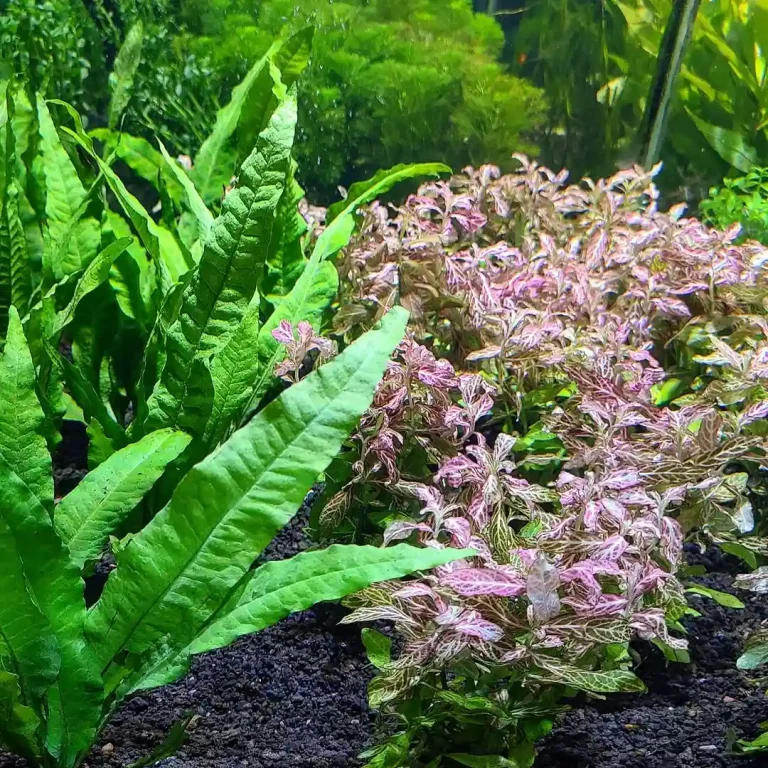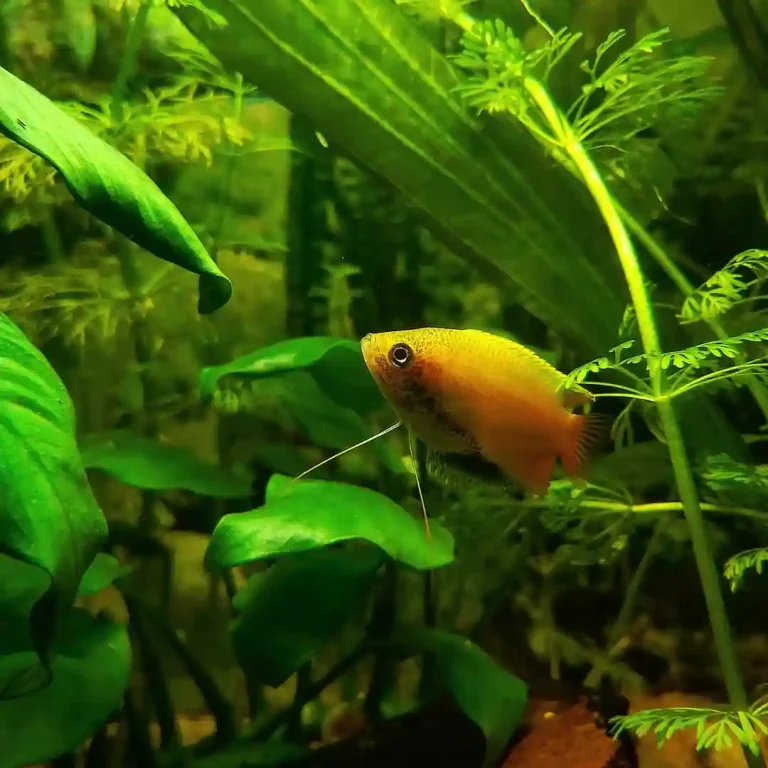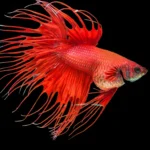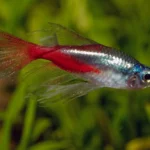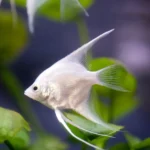Adding live plants to your aquarium is a great way to boost water quality and create a natural look—but it also comes with some risks. Whether you buy plants online or from a local store, they can carry unwanted hitchhikers like snails, algae, or chemical residue. That’s why quarantining aquarium plants before adding them to your tank is a smart move.
Think of it as a quick plant “spa day” that protects your fish and makes your tank easier to manage in the long run.
Quick answer: Rinse the plants well, soak them in treated water for 3–7 days, and (if needed) use a hydrogen peroxide dip to remove pests and algae.
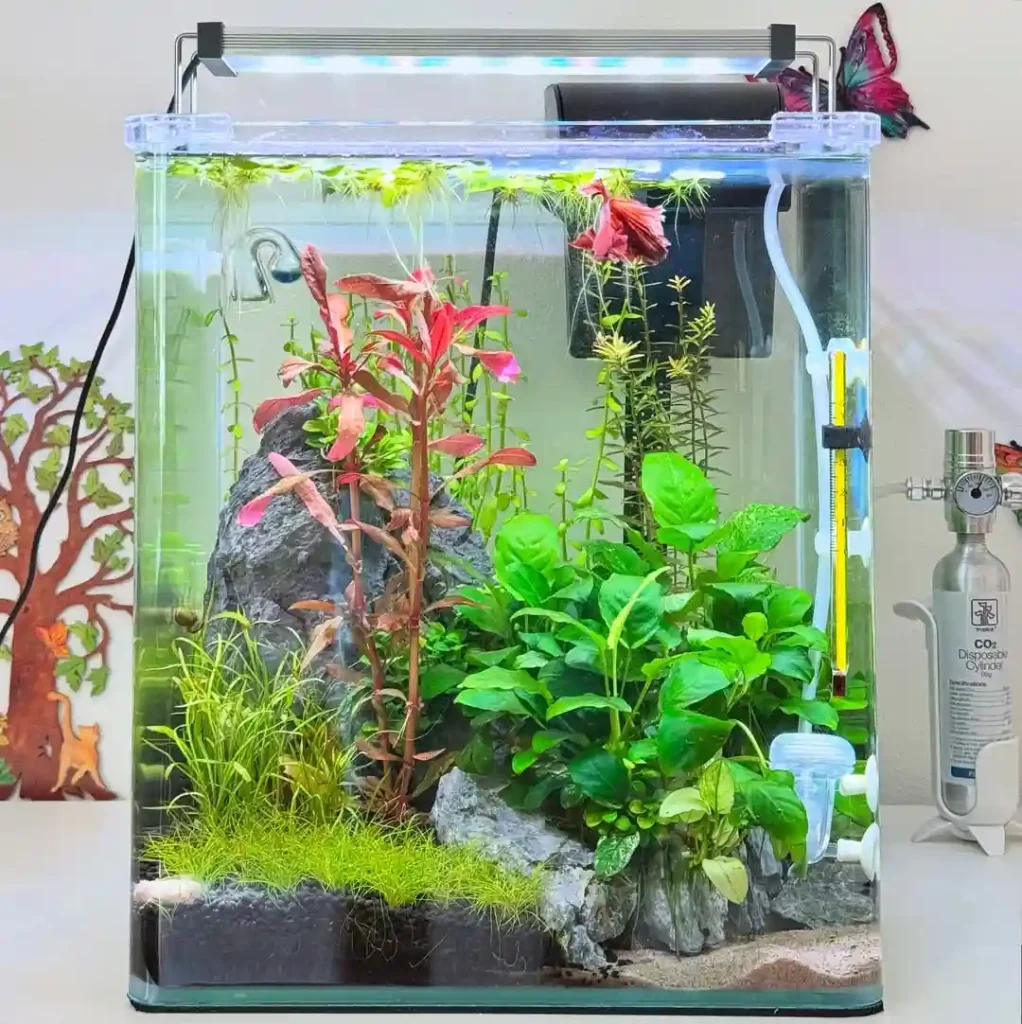
Why Should You Quarantine Aquarium Plants?
Even the healthiest-looking plants can carry:
- Pest snails or their eggs
- Algae spores
- Pesticides or fertilizers from farms
- Parasites or bacteria
Skipping this step might seem fine at first, but days or weeks later, you may find yourself battling algae or chasing down baby snails.
Quarantining gives you time to:
- Observe plants for any unwanted guests
- Remove snail eggs or visible pests
- Let chemical residues leach out naturally
- Treat early signs of algae before it spreads
What You’ll Need
You don’t need any fancy tools—just some basics you likely already have:
- A clean bucket or tub (not used for chemicals or soaps)
- Dechlorinated water (use a water conditioner like Seachem Prime)
- Aquarium-safe hydrogen peroxide (3%)
- Tweezers or gloves for handling plants
- Optional: alum or potassium permanganate for stronger dips
Step-by-Step: How to Quarantine Aquarium Plants
1. Rinse the Plants
Start by rinsing each plant under running water. Gently rub away debris or visible snails. Remove dead, melting, or yellow leaves.
This first step often removes a lot more than you’d expect!
2. Soak in Dechlorinated Water (3–7 Days)
Place your plants in a container filled with dechlorinated water. Let them sit for 3 to 7 days, changing the water daily. This gives time for:
- Chemicals to leach out
- Hidden snails to emerge
- Algae or fungus to show up
💡 Tip: If you have floating plants, place them in a shallow bowl with indirect light so they don’t get crowded or crushed.
3. Optional Dip: Hydrogen Peroxide (H₂O₂)
For extra protection, use a hydrogen peroxide dip:
- Mix 1 part 3% hydrogen peroxide with 3 parts water
- Dip the plant for 2–3 minutes
- Rinse thoroughly in clean water
This can help kill off snail eggs and algae spores—but avoid using it on delicate plants like Java moss, Riccia, or fine-leaved stems, which may react poorly.
4. Alternative Dip Options (Use Carefully)
If you’re dealing with stubborn pests or want a deeper clean, consider these:
Alum Dip
- Ratio: 1 tablespoon per gallon of water
- Soak time: 12–24 hours
- Best for: General pest prevention
- Rinse thoroughly afterward
Potassium Permanganate Dip
- Ratio: Light pink solution (just a few grains per gallon)
- Soak time: 10–15 minutes
- Caution: Wear gloves; can stain hands or surfaces
How Long to Quarantine Aquarium Plants?
For most plants, 3–7 days is enough. If you spot pests like snails or algae, you can extend the process to 10–14 days for better safety.
Keep these conditions during quarantine:
- Indirect sunlight or soft artificial light
- No fish, shrimp, or snails in the container
- Daily water changes to stay clean
- Monitor closely for hitchhikers or melt
Can I Use a Bucket to Quarantine Plants?
Yes, absolutely. A clean, food-safe plastic bucket or tub is perfect. Make sure it’s:
- Free from soap residue or cleaning chemicals
- Kept in a bright room with indirect light
- Not reused for feeding or housing fish later
Should You Quarantine Plants Bought Online?
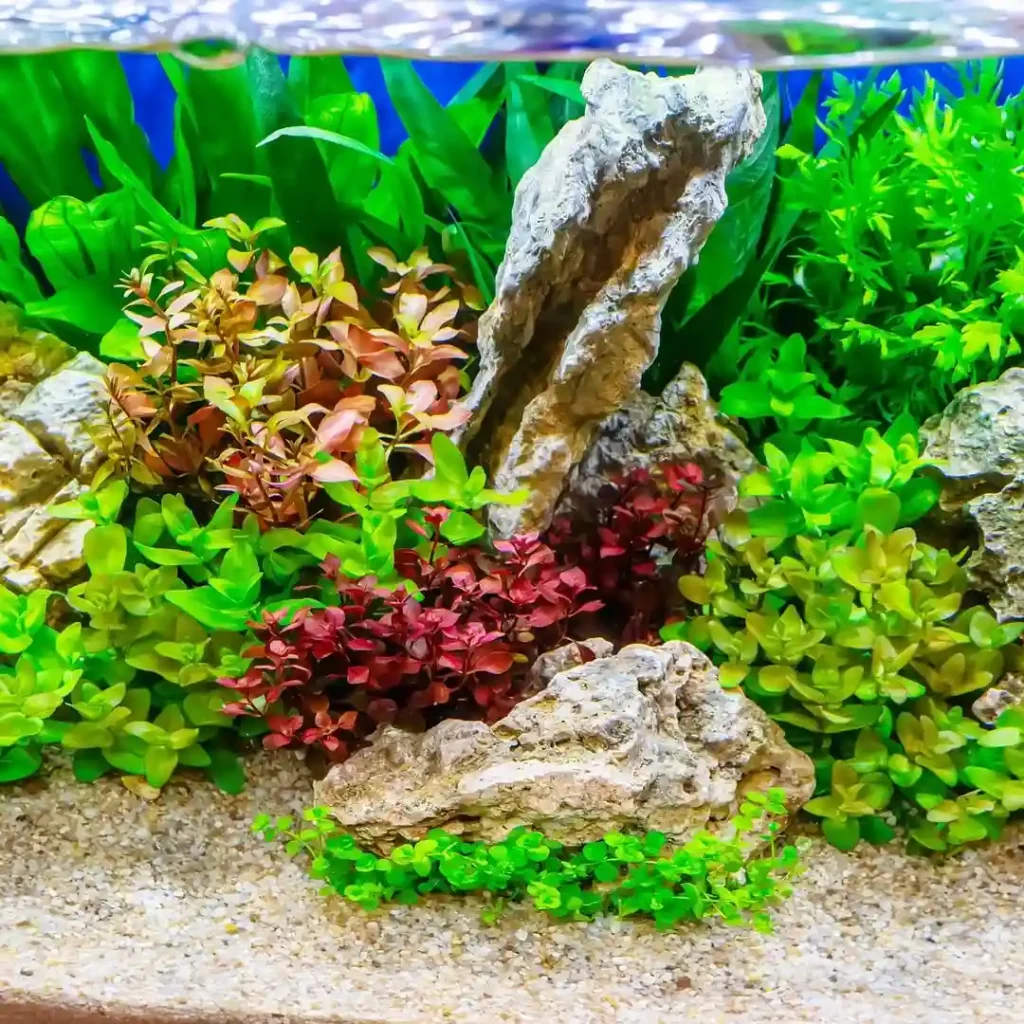
Yes—even if they look perfect. Plants from online shops, especially those not grown in tissue culture, might be exposed to:
- Pesticides
- Fertilizers
- Unwanted pests during shipping
Even tissue culture plants, though sterile, often come with nutrient gel that’s best rinsed off before adding them to your tank.
Dip Method Comparison Chart
| Method | Duration | Good For | Avoid On |
| Rinse Only | Immediate | Basic debris & pests | N/A |
| H₂O₂ Dip (1:3 ratio) | 2–3 mins | Algae, snail eggs | Mosses, fine plants |
| Alum Dip | 12–24 hours | Snails, eggs | Delicate plants (brief soak) |
| Potassium Permanganate | 10–15 mins | Deep clean, fungus | Sensitive roots/leaves |
FAQs
Do I really need to quarantine plants?
Yes. It may seem like extra work, but it prevents a lot of problems down the line—like pest outbreaks and algae issues.
Are tissue culture plants safe?
They’re grown in sterile labs, so they’re generally pest-free. But rinsing them helps remove gel that can cloud your water or attract bacteria.
Can I quarantine plants inside my main tank?
No. If pests or spores are present, they’ll spread to your established setup. Always use a separate container.
Will snails still survive the quarantine?
Yes, they might. That’s why dips are important to make sure they’re eliminated completely.
Is hydrogen peroxide safe for all plants?
No. It’s best for hardy species. Mosses, ferns, and soft-leaved stems may be damaged—skip the dip and stick to soaking.
Final Thoughts
Quarantining aquarium plants may seem like a hassle, but it’s one of the easiest ways to protect your tank from pests, algae, and chemical residue. A few days of prep ensures your aquascape stays clean, healthy, and stress-free.
🡆 Ready to plant them? Read our full guide on Planting Aquarium Plants Correctly for the next step.

